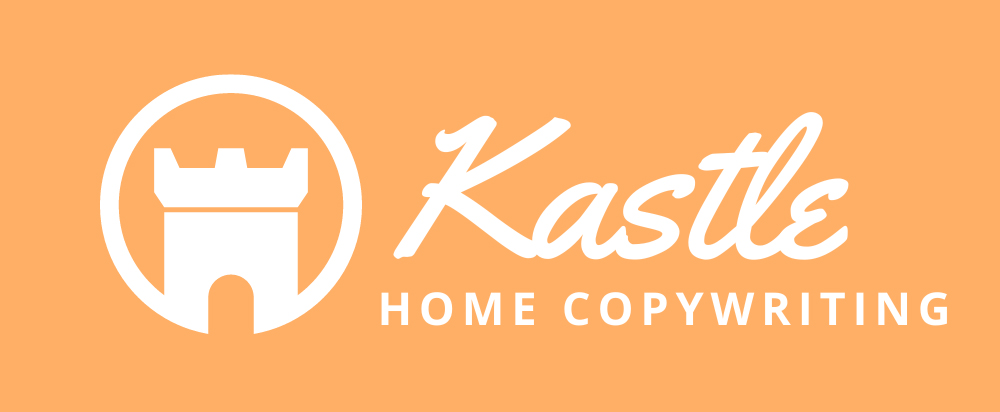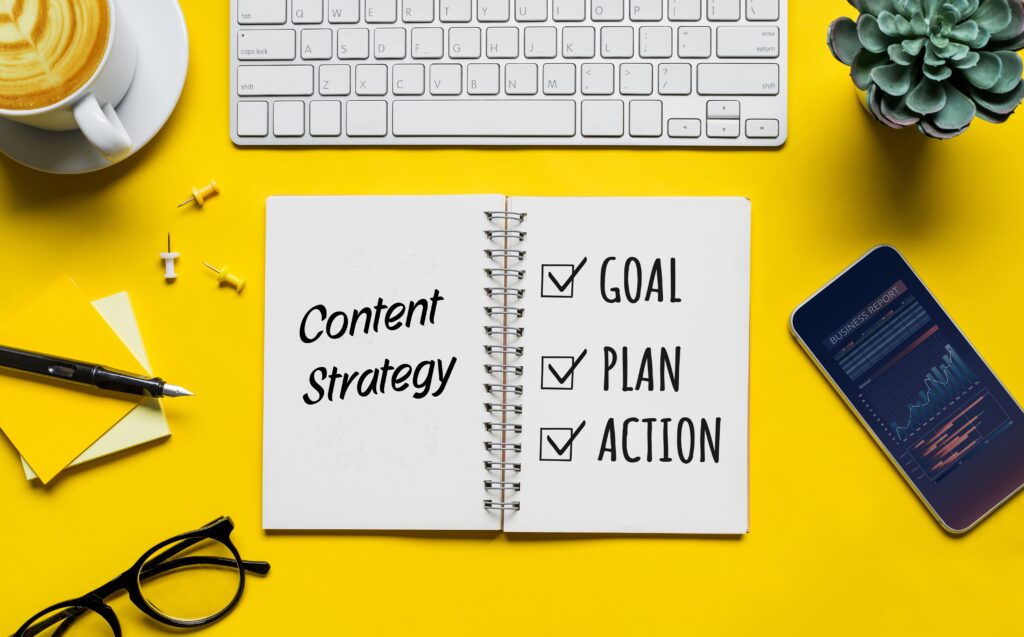Have you ever asked yourself: what is content strategy? And how do I get one? If you’ve been posting marketing content (blogs, social posts, emails) without much, planning, thought or integration behind it, you don’t have a strategy.
Let’s look at it this way: for an interior designer, designing a space is like putting together a puzzle. All the pieces need to fit together to create a whole to get the picture you intended.
So is content strategy.
Just like you wouldn’t just throw a bunch of furniture items in a room with no design style in mind, no color palette coordinated and no functionality considered, you wouldn’t (or shouldn’t) throw content out to your audience without a content marketing plan for meeting their needs.
What is Content Strategy?
Content strategy is the art and science of planning, creating, delivering and managing content that is tailored to meet the needs of a particular audience and achieve business goals.
It’s the overall goal, process, timeline, items, delivery and review of results.
Create a Content Plan
When you start a design project, you plan for what the space will look like and determine what resources (budget/staff) you have to get there. You find out your client’s tastes and create drawings and mood boards to suit them. You source, order and deliver the goods needed inside the space. Then you manage how the items are installed and arranged to please your client.
With a content strategy, you create a plan that outlines the content’s goals. You set a budget to pay for content creators, digital tools and advertising rates. You determine who is your target audience and how you can meet their needs. You decide what format to deliver content on (blog, email, social media), what content management system to use and how it will integrate across all of your marketing channels so you reach your target audience where they are looking for information and inspiration.
A strategy helps you align your marketing content with your business objectives and ensures that your content is consistent, provides value and is relevant to your target audience.
Marketing 101: Know Your Audience
You would never start designing a space without first getting to know your client, what their vision is, their needs, goals and how they intend to use a space, and what challenges they’ve faced. A successful content strategy requires a deep understanding of the target audience’s needs, preferences, and behaviors.
This involves conducting research to gain insights into their demographics, interests, pain points, and motivations. This information can then be used to create content that reaches target audiences where they are online and offline, resonates with and engages them, and prompts them to take action.
Pick Out The Pieces
When designing a space for a client, you would get to know their likes and dislikes on design style and take them out shopping to pick out what items they want while guiding them so they all coordinate to create a specific look and function.
Content strategy also involves the selection of what’s appropriate for your audience. You pick what channels and formats content should be delivered on to reach them where they prefer to get their information. This may include social media, blogs, podcasts, videos, white papers, e-books, and webinars. The channel and format selected should be based on the audience’s preferences and behaviors and the content’s purpose.
Set a Timeline
Most design projects involve setting a timeline. You need to order items for the space, know when they will be delivered, hire contractors to do installs and have a date for the client to see the final reveal and be able to use their newly designed room(s).
Another crucial aspect of content strategy is the creation of a content calendar that outlines the topics, formats, and channels for content delivery. A content calendar helps to ensure that the content is delivered consistently and on time, allowing for the effective management of resources.
Learn from Feedback
A good designer knows how to take feedback. There’s nothing more satisfying than the big reveal day and seeing a client happy with the results. However, there will always be projects that have challenges – little surprises that come up during demo, delayed shipments, mistakes in installs or getting the size of items wrong. This is how you learn how to be better with each project to make them go smoother, faster, and more efficiently to please your client (and make them less work for you!)
Content strategy also involves the measurement and analysis of the content’s performance. This includes tracking key performance indicators (KPIs), such as traffic, engagement, conversions, and ROI. It’s super exciting to see great numbers coming in on your content – lots of people opening your emails, reading your blogs, commenting on social posts and sharing your content.
By looking at how content performs, you know what worked and didn’t work and can make adjustments in planning future content, such as writing longer or shorter pieces, adjusting the voice, adding more compelling calls to action or changing the layout so that you get more effective results with each piece of content you put out and grow your audience, your sales and your business.
With a strong content strategy, you’ll know your content is working toward an end goal. This will give you a good return on the time and money you put into that content.




